
1520 Sedgwick Avenue is, by most accounts, an unremarkable apartment complex: an imposing brick-and-steel reminder of New York’s failures in public housing, a specter looming and mute cast over the Cross-Bronx Expressway.
It is the Bethlehem of hip-hop music. Inside 1520’s recreation room, Clive Campbell, the oldest of six siblings who immigrated from Jamaica to the Bronx, became Kool DJ Herc, the man who extracted hip-hop’s sonic revolution from soul records and turntables. Herc’s exercises in musical curiosity filled the rec room, city parks and schoolyards with crowds who danced maniacally to the sounds he uncovered. In 1973, hip-hop was as humble as the high-rise that give birth to it.
Fast-forward 30 years––the highly controversial music video for “Tip Drill.” There’s Nelly, a rapper from St. Louis, throwing dollar bills on a scantily-clad woman, her already hard-working bikini bottom poised to snap and break as she stretches her legs behind her head. This is popular hip-hop in the new millennium. “Must be your ass, ‘cause it ain’t your face,” Nelly raps. The one-dimensional, oppressively masculine heterosexuality of a genre emerges from his growling timbre, punctuated by his staccato demands. He wants more from the women on the screen.
Nelly’s braggadocio refrains reflect an identity crisis hip-hop has become slowly acquainted with over a decade. In 2003, Herc must have felt like he had been mocked. His experiment in percussion has mutated into a misogynistic, predatory monster wearing an enormous football jersey, a bandana and a pair of $500 Jordans. Hip-hop now feels more comfortable throwing dollar bills in a strip club than putting pen to paper. Aesthetic objectification in popular hip-hop music videos has compounded to this change.
Several years later, filmmaker Byron Hurt expressed this push-pull between getting radio spins and keeping the music real, assuming the voice of jilted hip-hop listeners everywhere: “I would always defend hip-hop. But the more I grew and the more I learned about sexism and violence and homophobia, the more those lyrics became unacceptable to me, and I became conflicted about the music I loved.”
At Whitman, where spirited discussion of gender equality abounds, the very mention of hip-hop can outrage our sensibilities. Understandably so––the Whittie unacquainted with the larger canon of hip-hop music is much more likely to learn that “bitches ain’t shit” before discovering hip-hop’s inspiring messages––those of unity, political change, love and sincere appreciation for the music’s creative power––beneath the layers of dust.
But the music’s rhythms are as surprisingly pervasive as its lyrics are insidious. Mainstream hip-hop pumps unapologetically through speakers in frat basements. We hear it, but we don’t always listen to it. Sometimes, we’re desensitized, removed from the lyrics. The hip-hop industry quietly performed a massive marketing coup, mandating an ethos of hypersexual masculinity as a mainstream standard. We’ve been gently rocked to sleep. We’ve become used to this conception of mainstream hip-hop. It’s been like this for so long.
“Whitman students talk a lot about gender and they point it out in the music, but that doesn’t stop anyone from playing it. People keep going back to it anyways––that’s the problem,” acknowledges junior Claudia Sanchez-Ayala.
Hip-hop has been a multitude of things since its accidental conception: It has been challenged, screwed, chopped, remixed, cut, mashed up, slowed down, absorbed by various regions, recycled, regurgitated and reinvented. It is diverse beyond classification––it is political and intentional and sometimes it is a display of linguistic gymnastics, the peacock flashing its feathers triumphantly. At its core, hip-hop liberates and speaks for the multitudes. Now, mainstream hip-hop is defined by its misogyny.
How the f— did that happen?
In 1986, female rap trio Salt-N-Pepa released their debut album, Hot, Cool and Vicious, to an incredibly perceptive America––the album went double platinum. Such commercial success was almost unimaginable even for male rap artists in the mid-’80s. As a result, women rappers began to receive record deals at a far greater rate, carving out an important cultural space in which the conventions of sexual subordination and commodification of the body were challenged before an audience.
“Some think that we [women] can’t flow/Stereotypes they got to go/I gonna mess around and flip the scene into reverse/With a little touch of ladies first,” Queen Latifah rapped, asserting the credibility of femininity in a rapidly evolving genre.
In 1989, three years after Salt-N-Pepa demonstrated the possibility of female commercial success in hip-hop, 2 Live Crew dropped their album As Nasty as They Wanna Be. In the album’s leading single, “Me So Horny,” Fresh Kid Ice exemplifies a disturbing facet of hip-hop’s sexism: The song does not merely configure sex as a masculine obsession; it promotes sex as an act of violence towards women.”I won’t tell your mama if you don’t tell your dad/I know he’ll be disgusted when he sees that pussy busted,” he raps in the song’s second verse. The next year, U.S. district court judge Jose Gonzalez ruled that the misogyny in As Nasty as They Wanna Be reached illegal levels of obscenity and thus could not be sold. The members of 2 Live Crew were arrested shortly thereafter for performing the obscene material live. They were cleared of all charges, however, after Henry Louis Gates, Jr. testified on their behalf, defending their lyrics. Perhaps the most renowned researcher in his field, and a professor of African American Studies at Harvard, Gates visited Whitman College in 2011 and elucidated his fascination with African-American genealogies. The album, like Salt-N-Pepa’s debut, went double platinum.
Sexism in hip-hop undoubtedly reflects and derives from sexism in prominent American institutions, but the severity and the violence reflected in mainstream hip-hop’s treatment of women suggest an ideological shift in the music industry. Perhaps the example of 2 Live Crew showed rappers and record execs that violent masculine sexuality could not only be produced, but engender major commercial success. The resulting popularity of G-Funk––the West Coast’s response to the emergent political gangsterism of New York hip-hop––gave us Dr. Dre’s “Bitches Ain’t Shit” and Too $hort’s “Gangstas and Strippers,” confirming this suggestion. Additionally, Michael P. Jeffers points out that record labels provide another space for sexism: “The most famous and influential hip-hop labels, such as Def Jam, Interscope and Bad Boy, were founded and are run by male executives who sign and develop male talent.” The performance of masculine hegemony has been augmented by an ethic of disrespect. Tricia Rose suggests that men become hostile towards women in large part because the fulfillment of heterosexual male desire is challenged by women’s defense of their own bodies and sexual agency. For over 20 years, then, hip-hop has been embroiled in a self-reflexive crisis of masculinity.
Not long after they arrive on campus for their freshman year, Whitman students are taught in residence hall workshops that gender and sexuality are spectra. These workshops, along with a thriving Gender Studies program, engender a vibrant discourse and encourage Whitties to look critically at both gender roles in mainstream institutions and the way they themselves perform gender and sexuality. Students at Whitman acknowledge the willful and unrelenting sexism within American culture at large, and the same issues translate into the misogyny of hip-hop culture––at least how it is experienced visually and musically. Whitman decries the paradigms of hegemonic, hypersexual masculinity, condemning both public operations of violence towards women and the silent operations of reducing women to their aesthetic appeal.
These operations are not simply paradigms of hip-hop. Misogyny in hip-hop is not merely the normalized action of African-American men with microphones and money. Eminem’s The Marshall Mathers LP sold nearly two million copies in the week after it was released, and nine of the album’s 14 songs discuss killing women. Professor George Armstrong from Murray State University estimates that The Marshall Mathers LP contains four times as much misogynistic lyrical contact as the average gangsta rap album from the early ’90s. It’s not just black rappers. It’s not just rappers––misogyny in hip-hop is a microcosm of a deeply entrenched institutional failure.
Whitman senior Diana Boesch agrees that American culture and hip-hop culture reflect each other. “Songs, especially immensely popular songs, can have a large impact on our society, the way we view and treat women, and the way women view and treat themselves. I think that hip-hop artists need to take more responsibility with the language they use, as well as the messages they are sending about women,” Boesch suggested. “I think that there is a potential for a media like hip-hop to have a positive impact on our culture and to send positive and reaffirming messages about women, but that requires thoughtful action from both artists and listeners.”
Hip-hop’s gender problem is undoubtedly more complicated than blatant expressions of sexism. Inevitably, mainstream rap’s social position is subconsciously and subversively connected with masculine domination. The music could not conceive of itself as masculine if men and women were represented as “enjoying” hip-hop in the same way. Whitman has in abundance something mainstream hip-hop lacks almost entirely: a space for discussion about the performance of gender. Whitman teaches its students to recognize the multifarious effects that gender has on them. Mainstream hip-hop teaches its students to adhere to hyper-masculine dogmas.
This said, Walla Walla is by no means a hotbed for hip-hop culture. Ian Andreen, a first-year, suggests that “the majority of people who listen to hip-hop at Whitman listen to what their friends refer them to. There’s only a small group of people who really find their own music.” Similarly, senior Gus Friedman acknowledges that “hip-hop music isn’t shared around Whitman very much. There are only a few radio stations in Walla Walla that play hip-hop, and the type of hip-hop they choose to play sucks in a lot of ways. The sense I’ve gotten around campus is that people at parties just want to listen to Top 40 music.” Far removed from a city with an influential local hip-hop scene, Walla Walla is left floating upside down in the mainstream. Friedman grew up in Seattle, listening to local hip-hop artists like Blue Scholars and Common Market which avoid misogyny and instead provide uplifting messages that transcend issues of gender. The relative paucity of hip-hop at Whitman correlates directly to the lack of options readily available.
It is wholly reductive to suggest that the whole of hip-hop is misogynistic. It is undeniable that hip-hop’s Columbus-like crossover to the mainstream consciousness was followed by an affirmation of masculine hegemony, but the history of the music is just as full of rappers who have delivered positive messages and heart-rending narratives. There are producers who embody Kool Herc’s childlike curiosity and excitement with pushing generic boundaries. The truth is that brilliant and affirming music abounds behind this veil of oppressive mainstream masculinity. It always has. From Nas’s stunning and ultimately uplifting delivery of social conditions in the Queensbridge Projects in Illmatic to Mos Def and Talib Kweli’s offerings of leadership in the wake of Biggie’s and 2Pac’s death to Common and Lupe Fiasco and The Roots and Zion I and Little Brother and Gang Starr to stage-rocking women like Jean Grae and Lauryn Hill to alternative rap groups like A Tribe Called Quest and Madvillain and Jurassic 5––so much of hip-hop defies the destructive trends that the predatory and exclusive industry has proliferated.
It is also reductive to say that Whitman students hold a completely negative attitude about hip-hop music. Those willing to delve deeper into the canon of hip-hop have found that artists old and new have so much else to say that isn’t misogynistic. “Some artists are bringing back the storytelling aspect of hip-hop––I think of Joey Bada$$ and the Pro Era Crew from New York, or more experimental artists like Shabazz Palaces, but even Kendrick Lamar avoids misogyny,” Andreen says. Kendrick’s Good Kid, m.A.A.d City accomplished massive commercial success while offering a spirited and ultimately affirming story of his childhood and maturation in Compton. Devoted hip-hop listener and rhyme-writer Zac Shaiken, a first-year, has his own favorites. “I love Qwel and the Typical Cats––they stay away from overly misogynistic themes. They focus more on the poetry of hip-hop,” he says.
It’s hard to know whether to actually take “Tip Drill” seriously. Maybe Nelly’s “joking” when he swipes a credit card between a voluptuous woman’s buttocks. Maybe he isn’t joking. Does it matter?
“There’s a difficult balance between enjoying music for music’s sake and criticizing the values the music puts forth … The music video to ‘Tip Drill’ makes me more uncomfortable––that’s where you can see that misogyny is really perpetuated,” says senior Martha Russell.
Jokes aside, the best policy for hip-hop is equality. Whitties are familiar, undoubtedly, with the age-old cliche that our college teaches us how to think; the best we can do is to consider the implications of our own choices in hip-hop music and encourage others to do the same. Globally, though, the gender problems of mainstream hip-hop and the profiteering industry which packages it must be considered and addressed alongside the gender problems of other institutions and taken just as seriously––the unfortunate fact remains that misogyny in hip-hop is not, and will never be, simply a hip-hop problem.






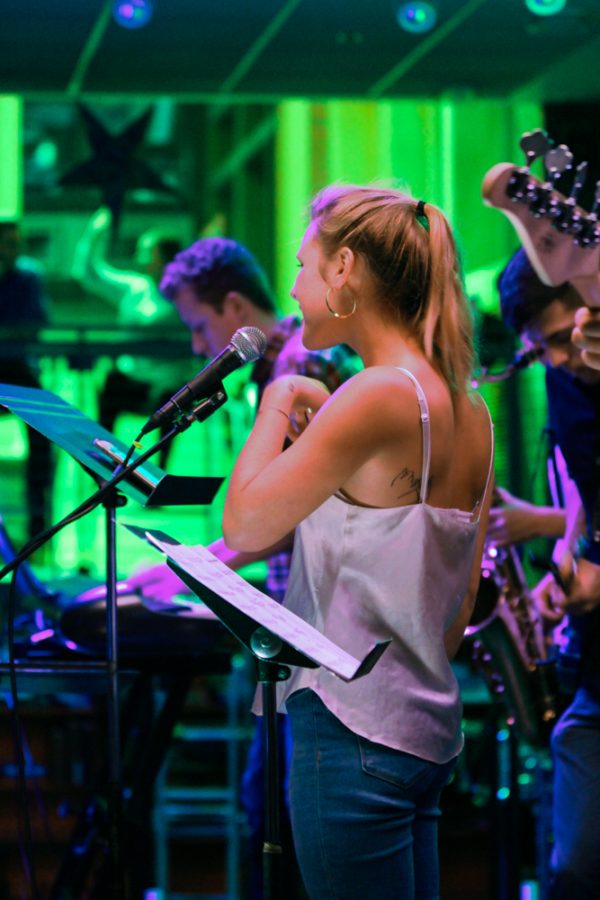
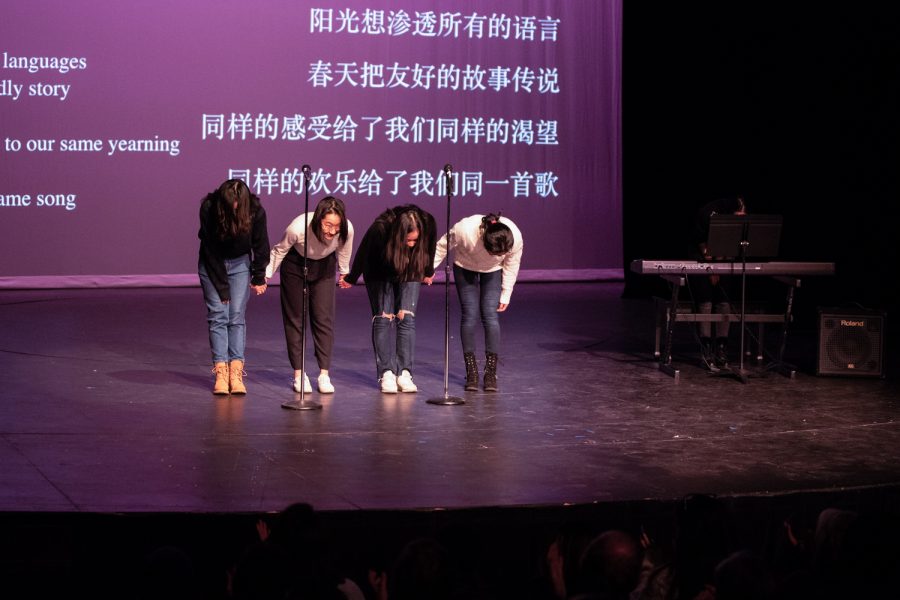
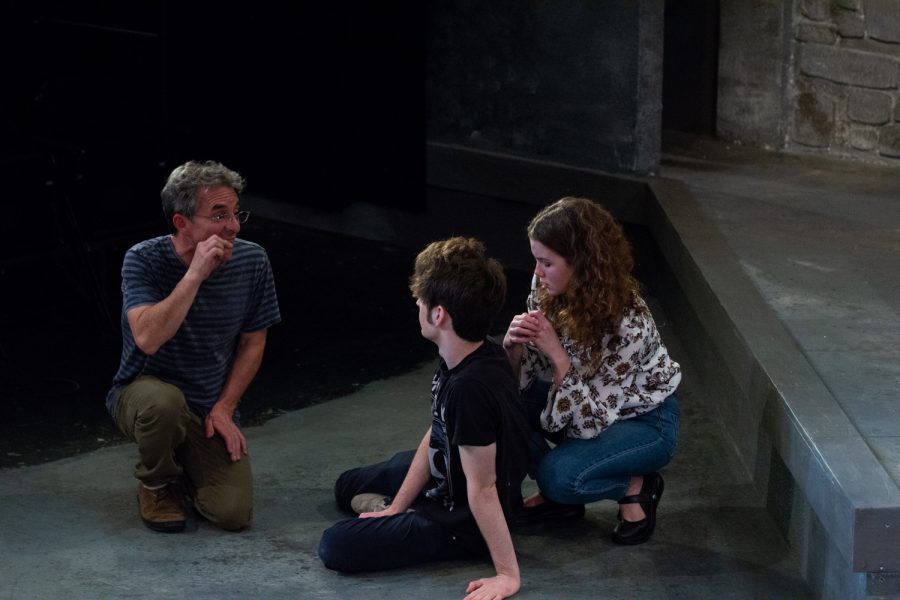
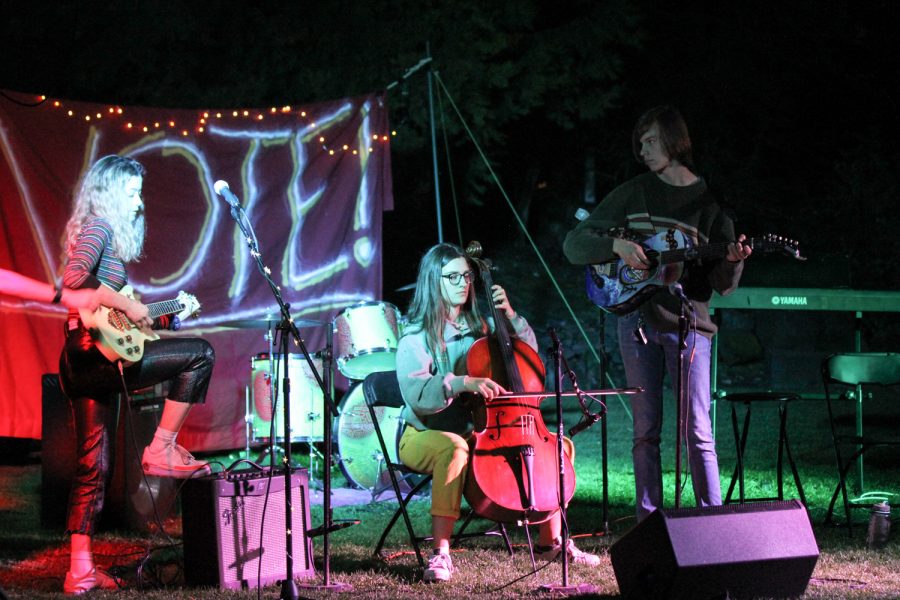
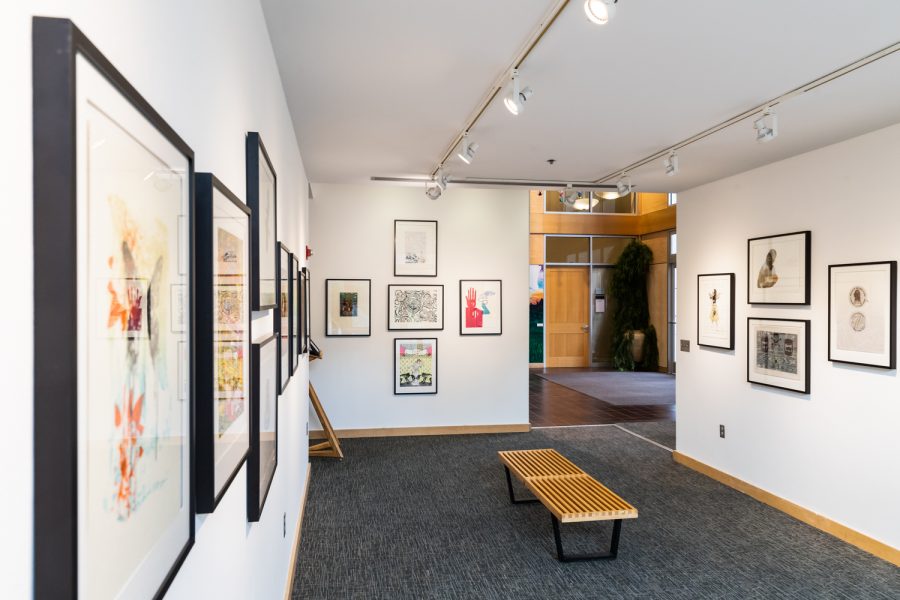
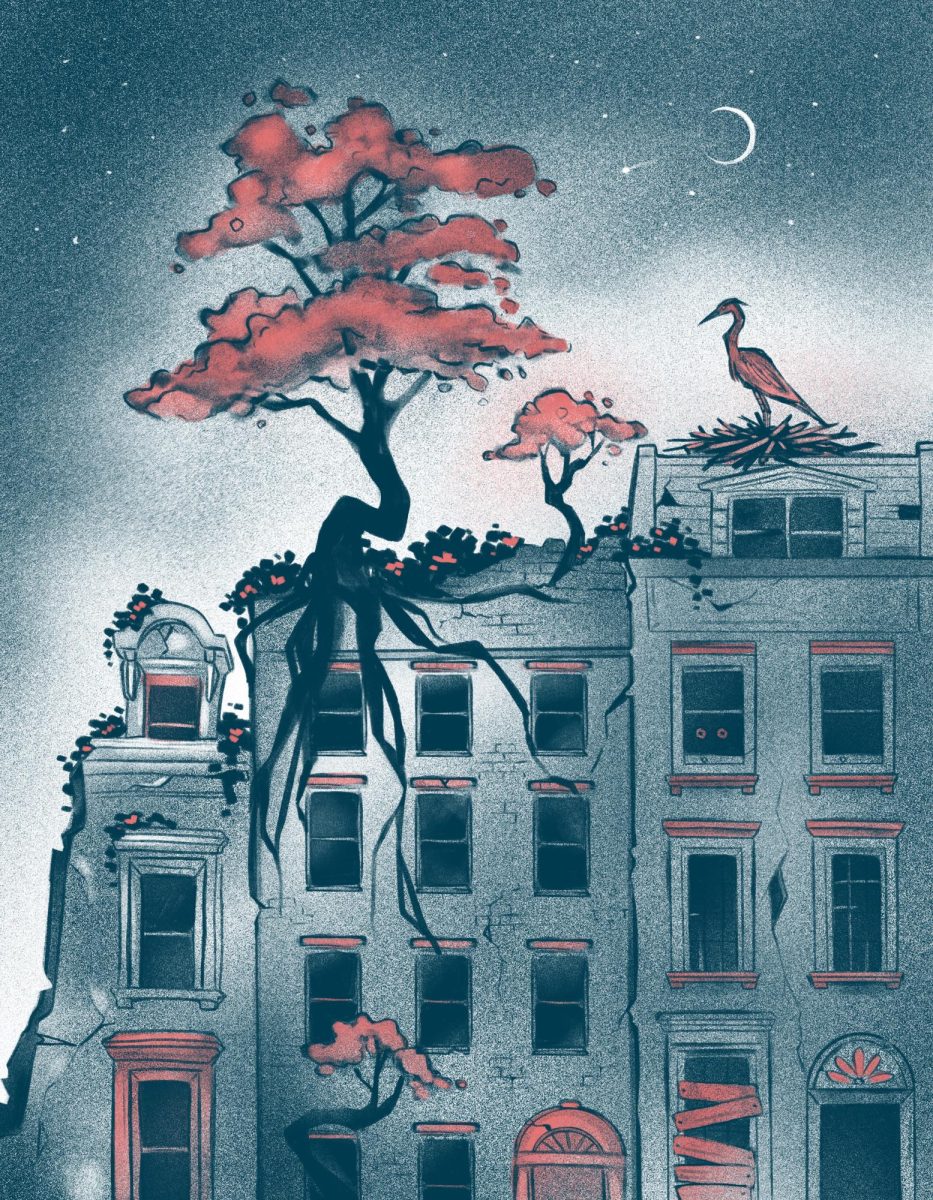
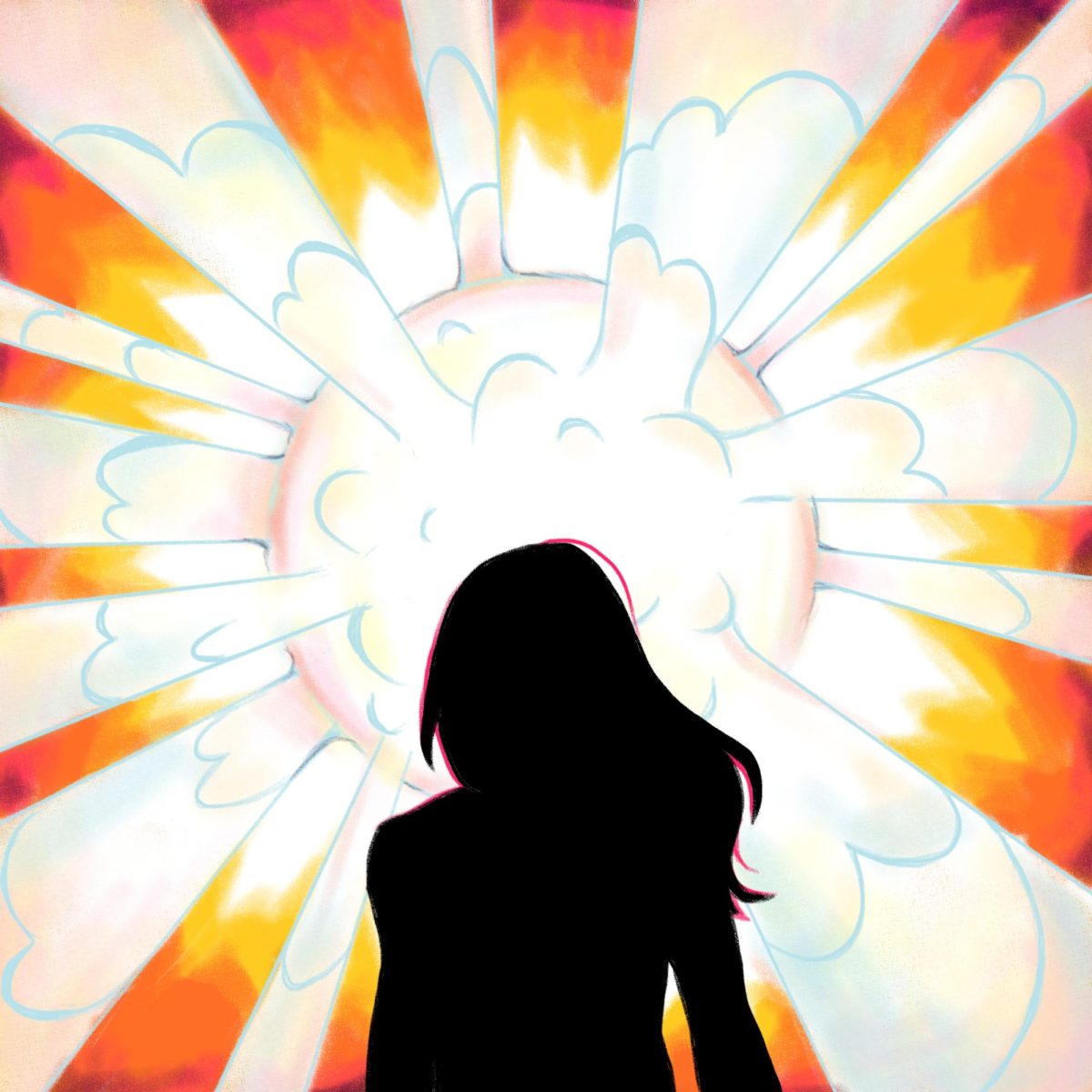
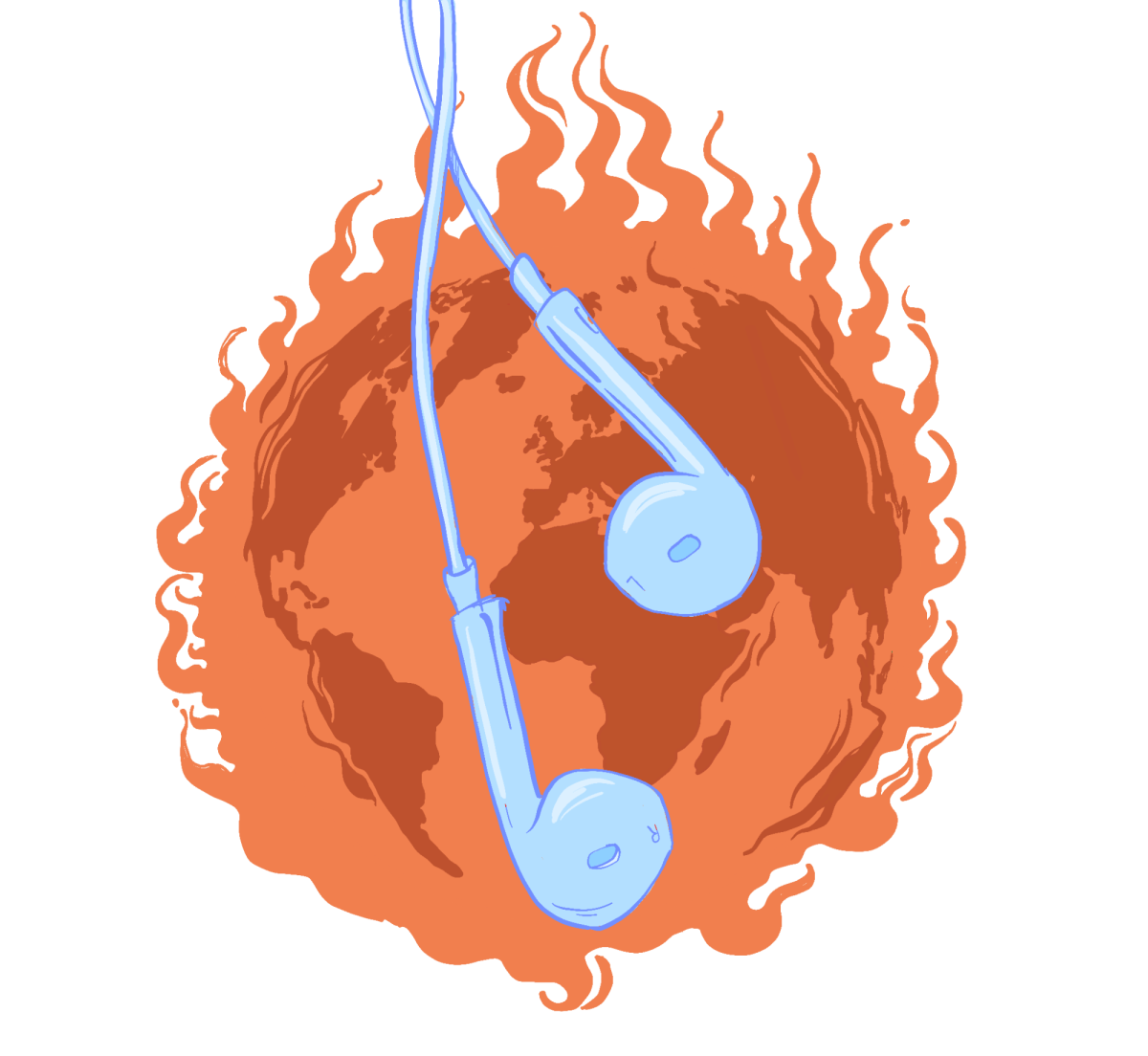
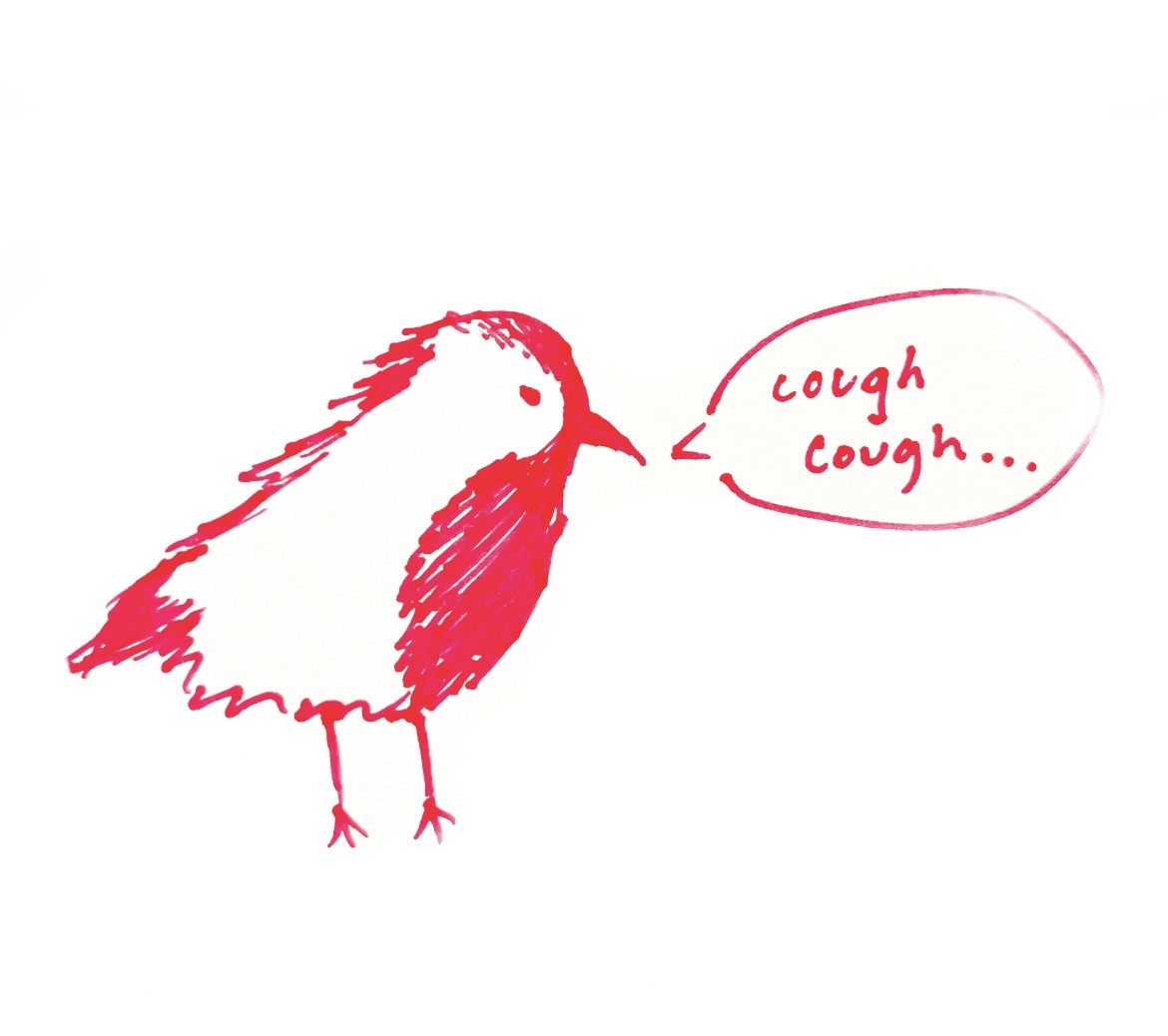
RE: ifreestyle • Mar 24, 2013 at 1:20 pm
Thanks for your comment! I really appreciate the time you took to read this article and offer your comments.
You say that “hip hop can be seen as a therapeutic art”, and I emphatically agree with you. In a sense, that’s the only thing hip-hop ever was in its foundation. The atrocious social conditions from which many of hip-hop’s most influential artists arose is testament to that fact; the vitality of the music meant to provide a stark contrast to a grim reality. Artistic expression is and has always been a means for understanding one’s self and one’s environment. That basic truism which unites all artists applies no less to Biggie and 2Pac than it does to the genre-bending sonic experiments of Kool Herc twenty years earlier.
I do have more to say. Maybe too much. I have so much good to say about hip-hop that I can’t say all at once. You’re absolutely right to point to artists like Common and Nas and Mos Def. I just wrote another article about Common’s response to the trends of misogyny and violence perpetuated in G-Funk music in the early 90s.
In a way, I feel like my efforts to assert “trends” in hip-hop–even in the mainstream–are futile and reductive, because the problem is so multifarious and its precise origin is so hard to pinpoint. But I do think that people’s conceptions of hip-hop as a misogynistic genre speak to some unfortunate changes which took place in the industry, changes reflected in certain music which achieved astronomical popularity–the same music which shaped such conceptions.
But there’s so much else to listen to that inspires and reminds us why hip-hop is fundamentally therapeutic.
Much love,
Mattie
ifreestyle • Mar 22, 2013 at 2:41 am
I wish you had more to say about the use of hip hop by big dogs like 2pac and Biggie in painting their picture of reality according to their experience because as you mentioned, that is how hip hop started – people messing around with beats, talking about what they’re going through in the streets, in their hoods, their day to day struggle as well as victories. In a way, hip hop can be seen as a therapeutic art. Also, as much as the article tries to defend the integrity of true hip hop as not just being a hyper-masculine medium, I’d have liked to read more about the “conscious” hip hop artists like Common, Nas, Mos-Def, etc. But overall, I enjoyed the article. Thanks.